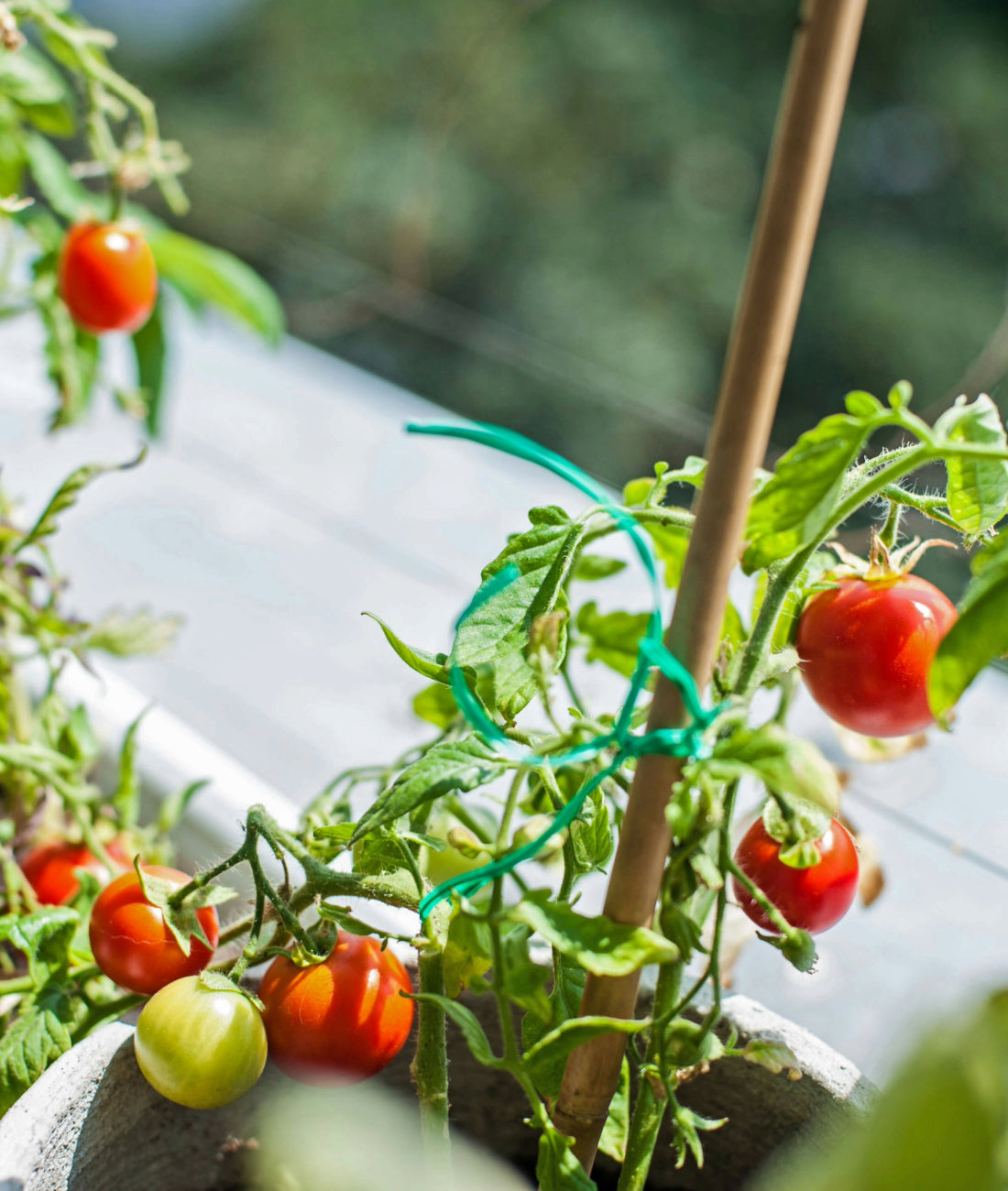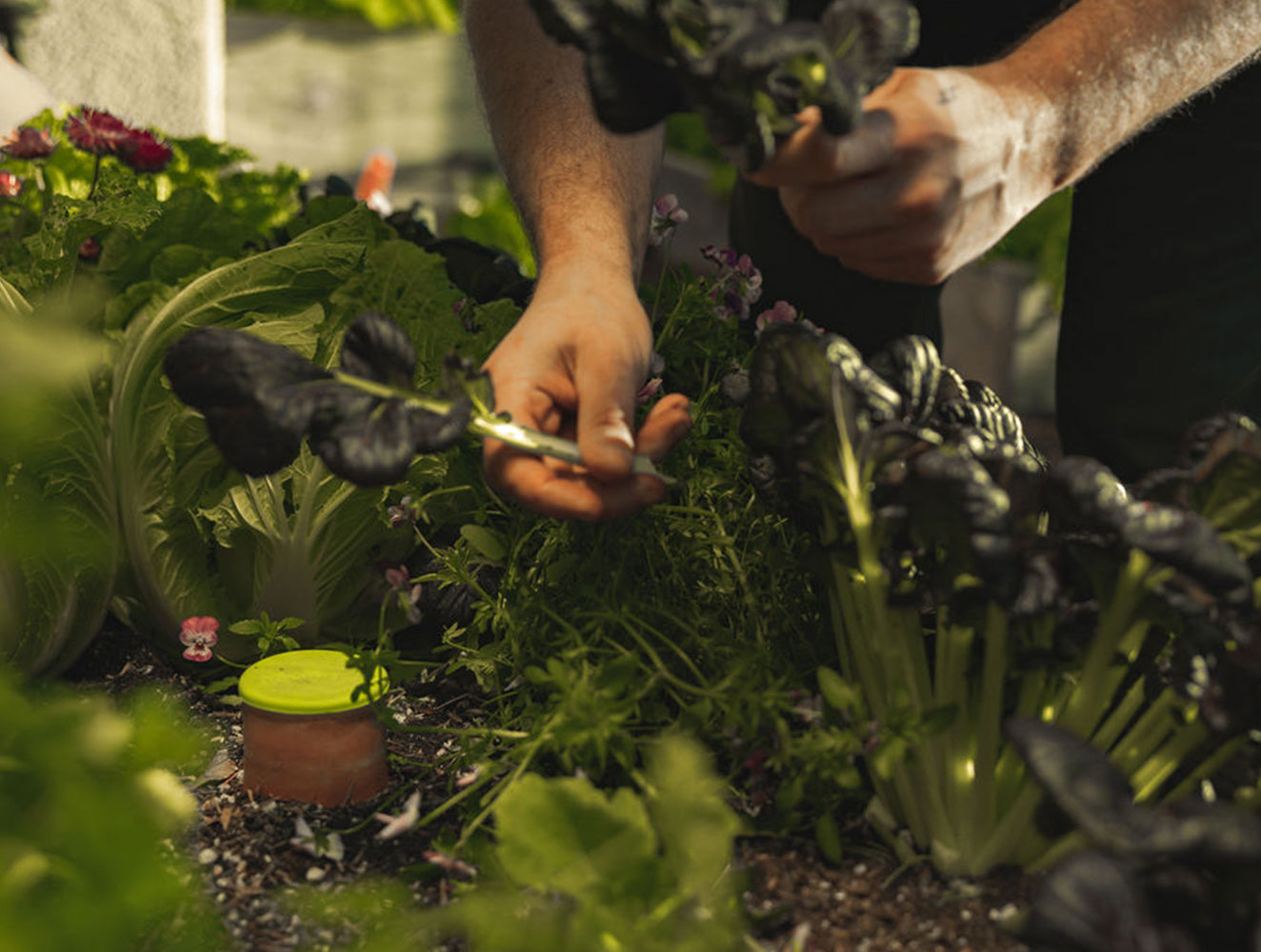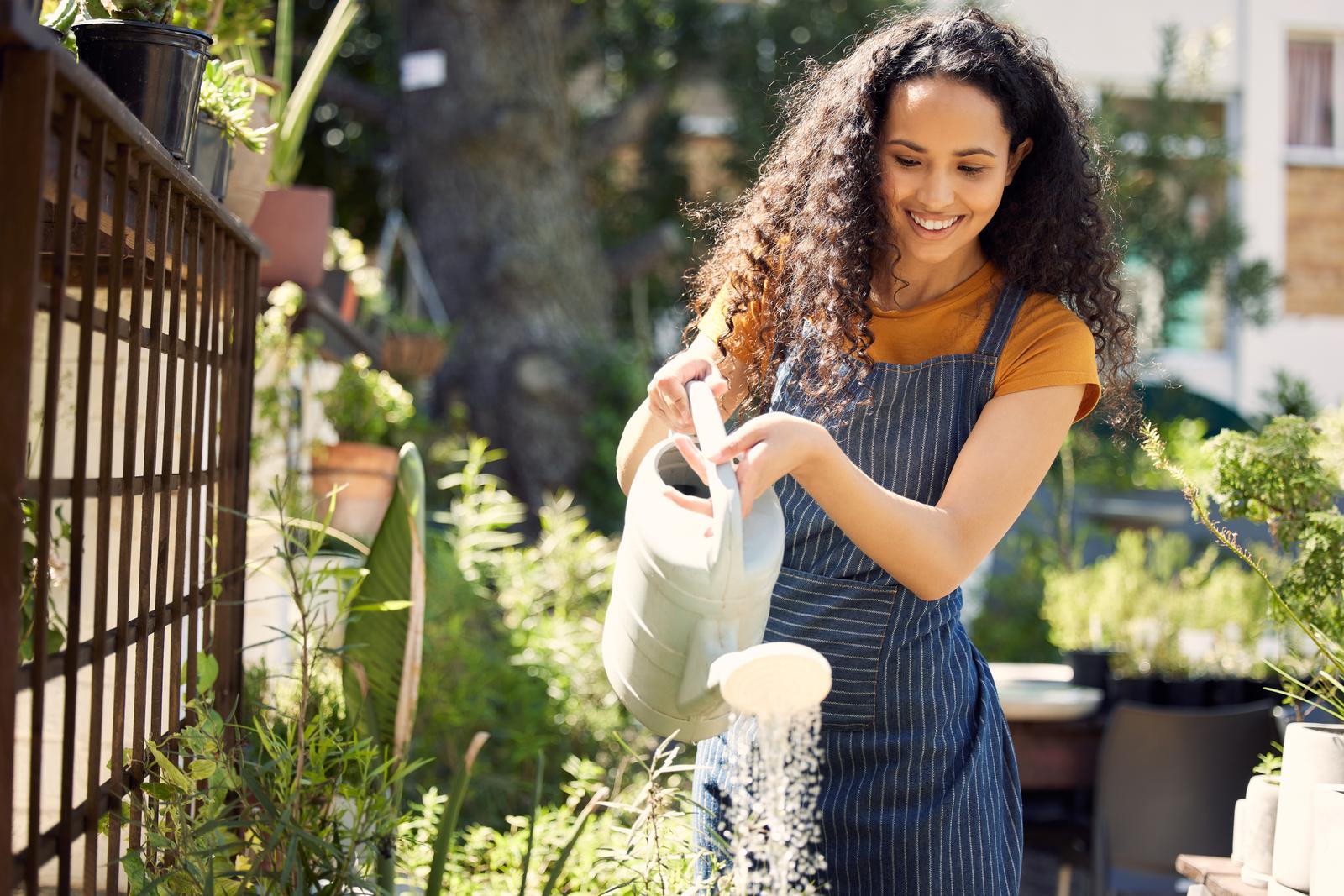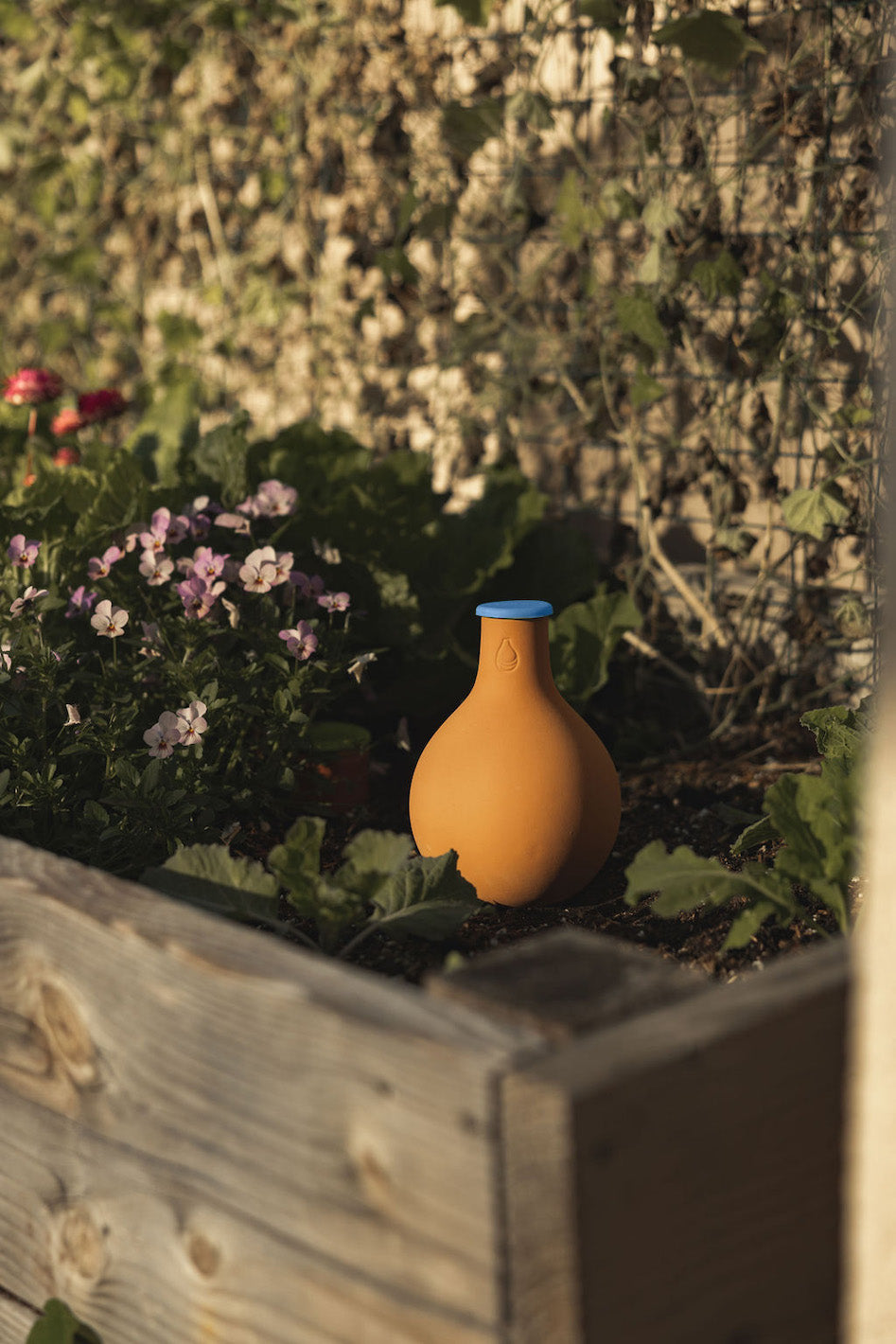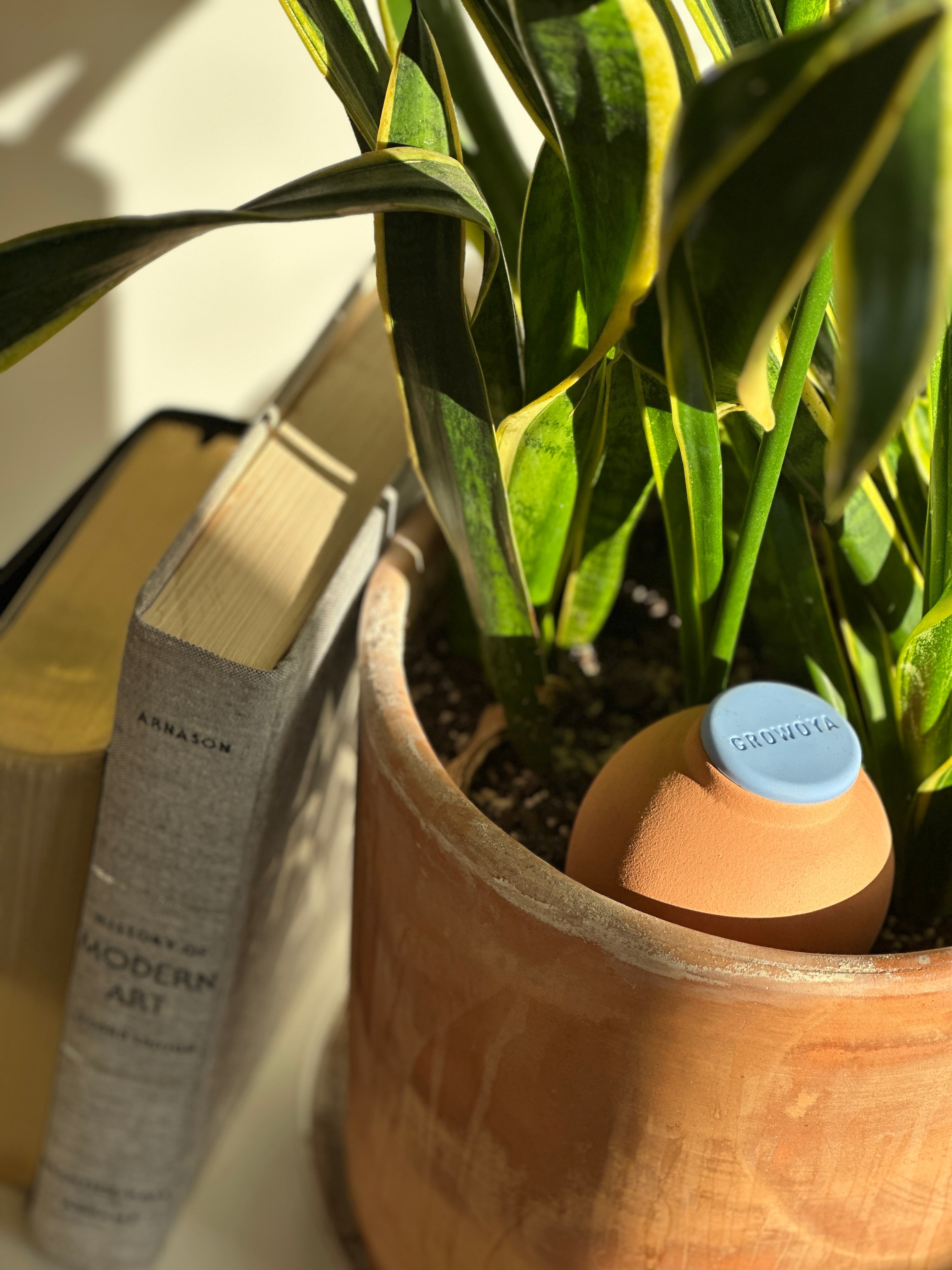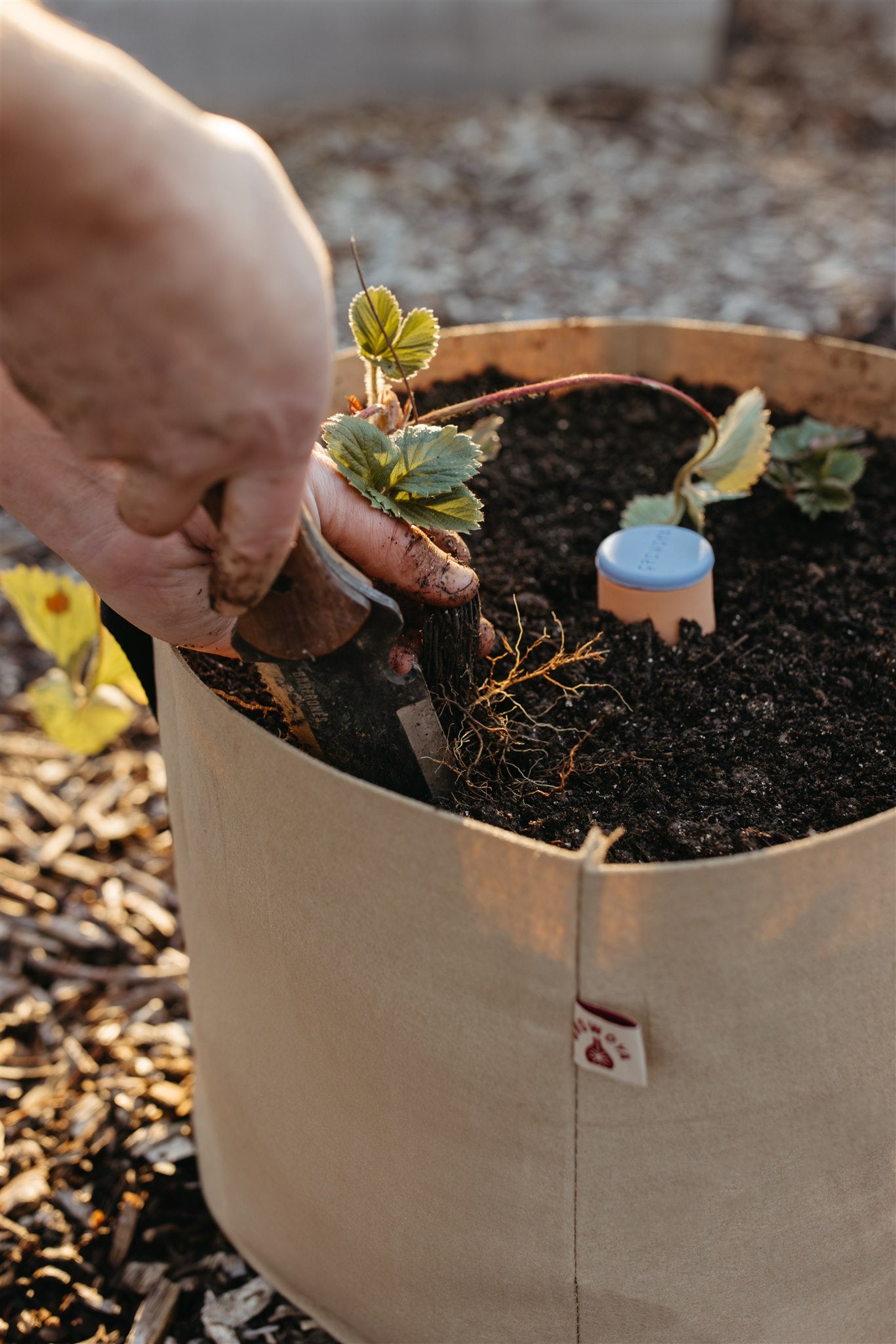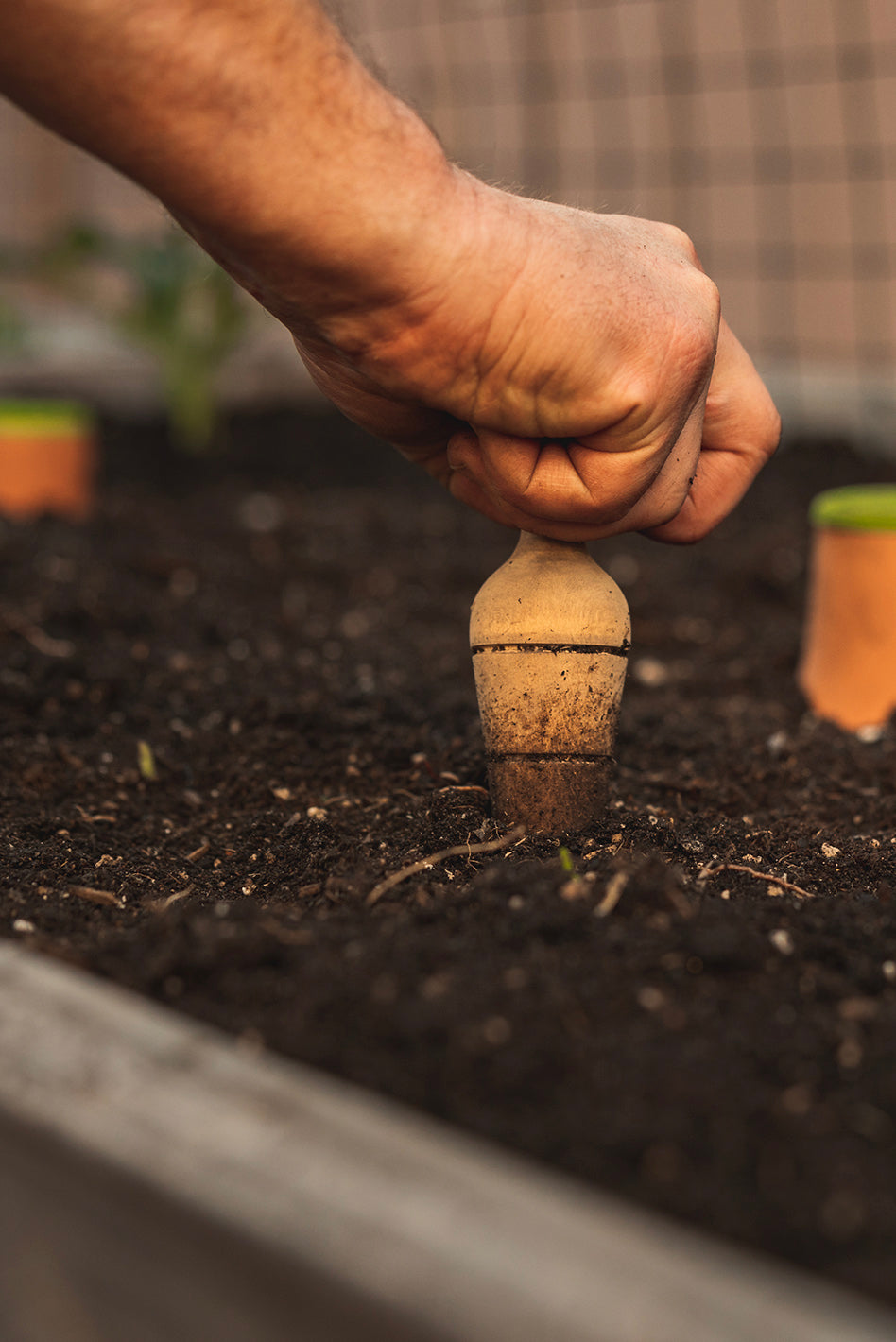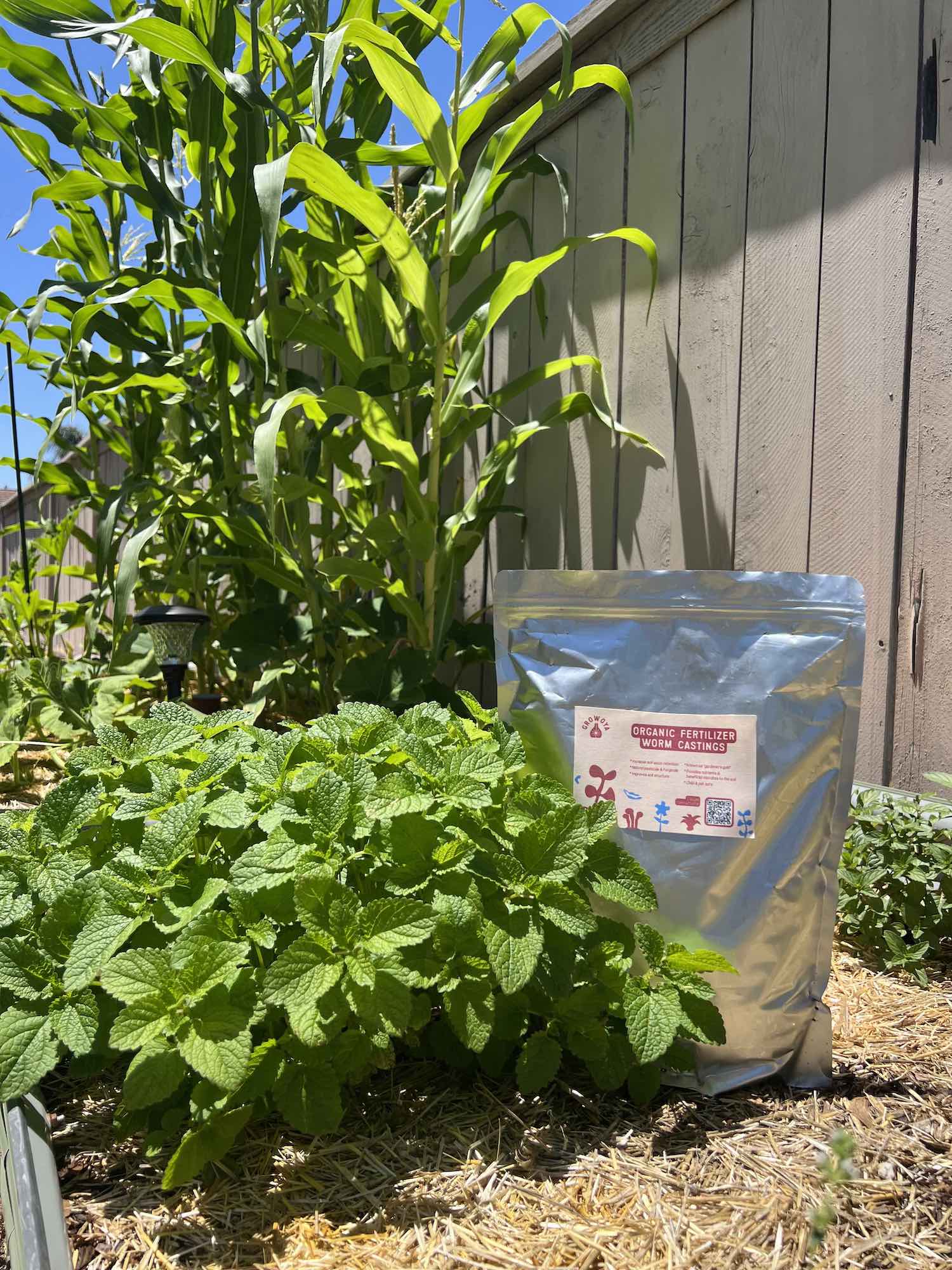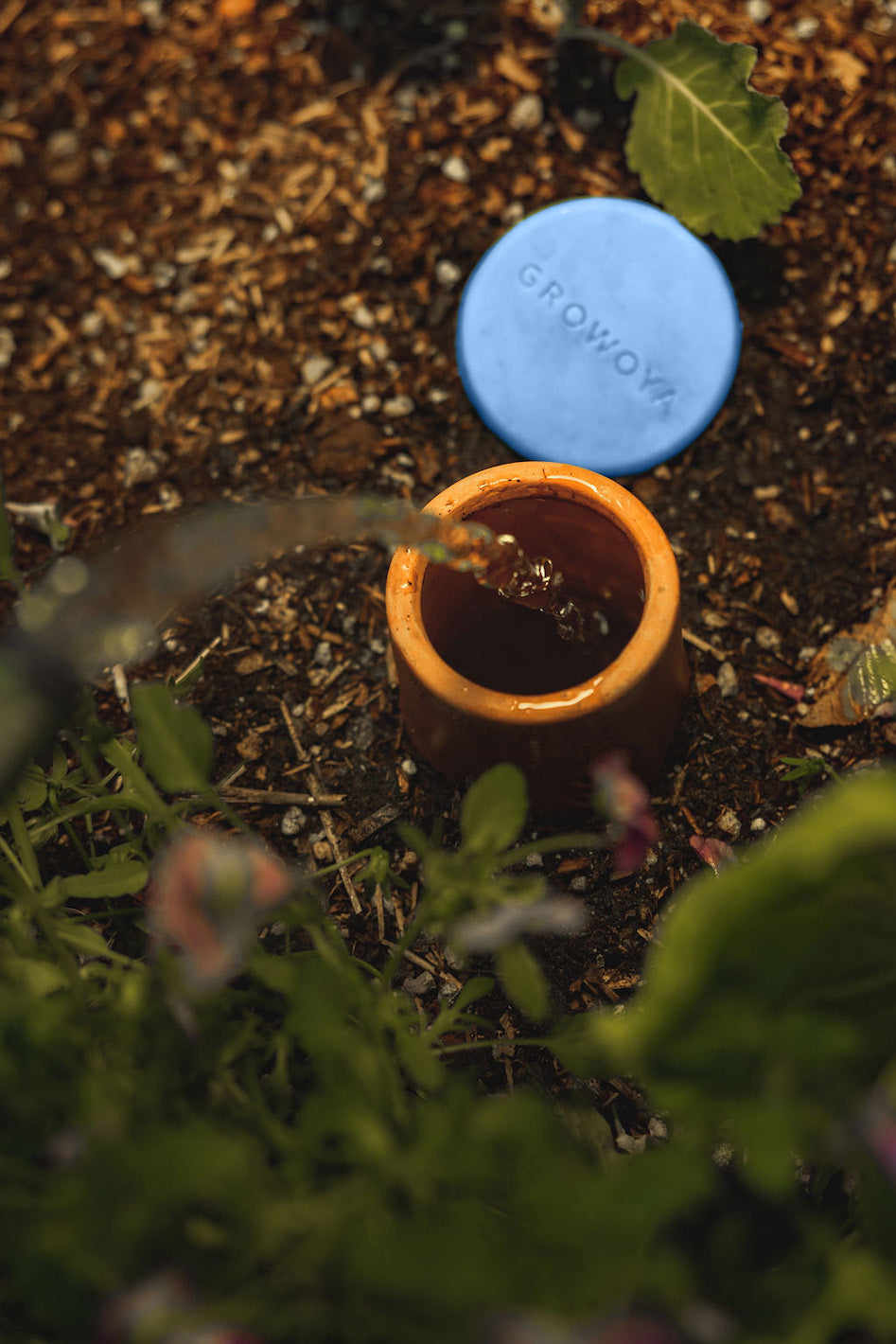If you're dreaming of having your own vegetable garden where you can grow fresh veggies, favorite herbs, or cherry tomatoes, but don't have a backyard, don't worry! You can create a beautiful balcony garden, even in a small space.
Apartment dwellers, this is the perfect time to bring some life and joy to your patio by growing your own balcony garden. Balcony gardens are a great way to enjoy the benefits of gardening, even if you only have limited space.
Keep reading for tips on how to create a successful balcony garden of your own without needing additional space - all you need is a balcony railing, a few pots, and a little bit of creativity.
How to start garden plants on your balcony?
Here are some tips for a beginner gardener on how to start a garden on your balcony:
Choose Your Plants Carefully
When choosing beautiful plants for your balcony garden, consider what will thrive in your area and what will be easy to care for. For example, if you live in an apartment building with other tenants, it's best to choose plants that won't attract pests or cause allergies. Also, make sure you select plants that will fit nicely into your home decor.
Start Small
If you want to start a garden on the balcony, try starting with one plant at first. This will help you learn which plants work best in your environment and give you more experience when it comes to caring for them.
If you want to grow salad greens, tomato cage, or other leafy vegetables, start with just one plant. These types of crops need less sunlight than flowers do, so they'll grow quickly.
Fruits and vegetables that can tolerate partial exposure to sunlight include peppers, eggplants, tomatoes, okra, lemons, limes, grapefruits, and melons. Some partial shade-tolerant vegetables are beets, carrots, potatoes, turnips, cabbage, cauliflower, broccoli, kale, and Brussels sprouts. Herbs that can be grown in partial sun include oregano, thyme, mint, chives, and tarragon. Salad greens such as lettuce, arugula, and spinach can also be grown in partial shade.
So there are many options for fruits and vegetables that can be grown in partial sun. It is important to do some research on the specific plant you are interested in to make sure it will thrive in the amount of sunlight you can provide.
Watering Your Garden
To ensure your balcony garden thrives, a watering can is essential for regular watering. Invest in a good-quality watering can that can hold an ample amount of water, reducing the need for frequent refills. Additionally, consider incorporating a Oya™ Watering Pot where possible to enhance efficiency and prevent under or over-watering of your plants.
Since the watering needs of plants vary depending on their species, it's advisable to seek guidance from your local nursery or reliable online sources. Understanding the specific watering requirements of your plants will help you maintain optimal soil moisture levels and promote healthy growth.
Consider Growing Herbs
Aromatic Herbs are another option for adding color and flavor to your balcony garden. They require less maintenance than vegetables, and they can add a lot of variety to your food options. Try fresh herbs like basil, cilantro, mint, parsley, rosemary, sage, thyme, oregano, chives, and dill. Exotic herbs like lemon balm, lavender, and bergamot are also available.
If you need more balcony herb garden ideas, you can ask experienced gardeners who know all about creating a lush, healthy garden on a balcony.
Grow Tomatoes
Tomato plants are a popular choice for balcony gardens because they produce fruit year round. They're also relatively easy to grow, and they can provide a steady supply of delicious fruits all summer long.
Use Mulch
Mulch helps keep soil moist and prevents weeds from sprouting. Make sure you use mulch around each plant as well as between rows. We recommend our Premium Straw Mulch because its small, split-cut straw that's easy to handle and get in the small hard to reach areas of containers and pots. We also now that they rigorously test and clean any potential agricultural chemicals
Plant in Groups
Plant your plants in groups rather than individually. This will allow you to easily see which ones are thriving and which ones aren't. For example, for green beans, group three plants together; for tomatoes, group four plants together.
Fresh Fertilization Tips
Regular fertilization is key to a thriving balcony garden. Use a balanced fertilizer for container plants every few weeks, but avoid overdoing it to prevent root rot.
Opt for complete fertilizers with nitrogen, phosphorus, and potassium for optimal plant nutrition. Consider using kitchen scraps or composted manure for organic fertilization.
When selecting commercial fertilizers, be cautious of chemicals. Choose natural alternatives like Oya™ Organic Fertilizer for a safer option.
By fertilizing wisely, you'll nurture a flourishing balcony garden without compromising plant health.
Check Out Garden Supplies Online
Many online retailers sell supplies for balcony gardens. These include trowels, shovels, hoes, pruners, and clippers. You can also find pots, planters, and stakes.
Know the soil type!
Before planting anything, check the soil type where you plan to put your garden. If the soil isn't right, you may need to amend it before planting. You can do this yourself by mixing compost with sand and peat moss.
Use quality potting soil instead of dirt when growing plants indoors. Fresh potting soil is usually sold at nurseries and gardening stores.
Sunlight is important
Sunlight is essential to growing plants properly. If you live in an area without much sunlight, you might need to supplement natural light with artificial lighting. Hours of sunlight vary depending on location, but most plants need six hours of direct sun per day. For shade plants, however, you'll want to give them 12-16 hours of direct sunlight per day.
Prune Regularly
Prune your plants regularly to ensure their health and growth. Remove dead leaves and branches, especially during hot weather conditions. Additionally, extreme weather conditions can cause damage to roots, so make sure to water your plants regularly.
Don’t Overwater
Excess water can lead to root rot. Instead, water your plants once a week during the spring and fall months. During the summer, water your plants twice a month.
Frequent watering encourages roots to grow deep into the ground, making them better able to withstand drought conditions. A great solution to watering your plants is our Oya watering pots. These pots help save water, and cut down on the time needed to water your plants.
What plants are suitable for balcony gardening?
Advice on gardening on balconies is based on personal experiences, but there are many different types of plants that are ideal for balcony gardening. Here are some suggestions:
- Basil
- Cucumbers
- Lettuce
- Pepper plants
- Tomatoes
- Eggplants
- Spinach
- Beans
- Squash plants
If you have a balcony with direct sunlight, these plants will do well. With just a few hours of sunlight, you can also grow:
- Beets
- Carrots
- Chard
- Collards
- Kale
- Mustard greens
- Turnips
Choosing the suitable container for balcony gardening
Containers for balcony gardening are available in a wide variety of shapes and sizes. Some are made to sit on the ground, while others are hung on walls or balcony railings. The type of container you choose will depend on the available space and the plants you want to grow. Larger containers hold more plants than smaller ones.
For larger plants, consider using large pots. They allow you to plant several plants together, which makes them easier to care for. Smaller pots are good for herbs, flowers, and vegetable plants.
You can buy small pots or railing planters from any nursery or garden center. Alternatively, you can create your own pots out of recycled materials. For example, you could use old tires, plastic bottles, or clay pots.
For healthy plant growth, it's best to keep plants watered until they show signs of wilting. This means waiting until the top inch of soil dries out before watering again.
When choosing a pot, look for one that has drainage holes. This helps prevent excess moisture build-up, which can encourage disease. You should also avoid pots that are too big or heavy.
How do you make a beautiful balcony garden
Balcony gardens don't need to be fancy. In fact, simple designs work best. If you're looking for something unique, try creating an outdoor kitchen. Or, if you'd like to add a bit of color to your balcony, try growing colorful annuals such as marigolds, zinnias, cosmos, sunflowers, or petunias.
Create a Plan
Once you've chosen your plants, created a plan for your balcony vegetable garden, and started planting, you'll find yourself enjoying your new hobby. Balcony gardeners tend to enjoy gardening even more after they get into the routine of tending to their plants.
Conclusion
You can start planning your balcony garden immediately now that you know how to start a garden. Even if you are a novice first-time gardener, you may decide to get creative and design your own one-of-a-kind apartment balcony garden.
Be sure to take into account the amount of sunlight that your balcony receives, as well as the type and size of containers you will need. With a little planning, you can create a lovely and relaxing oasis on your own balcony.
If you need more help on how to start a balcony garden, check out our website at www.growoya.com for more tips and advice and handy watering solutions.

